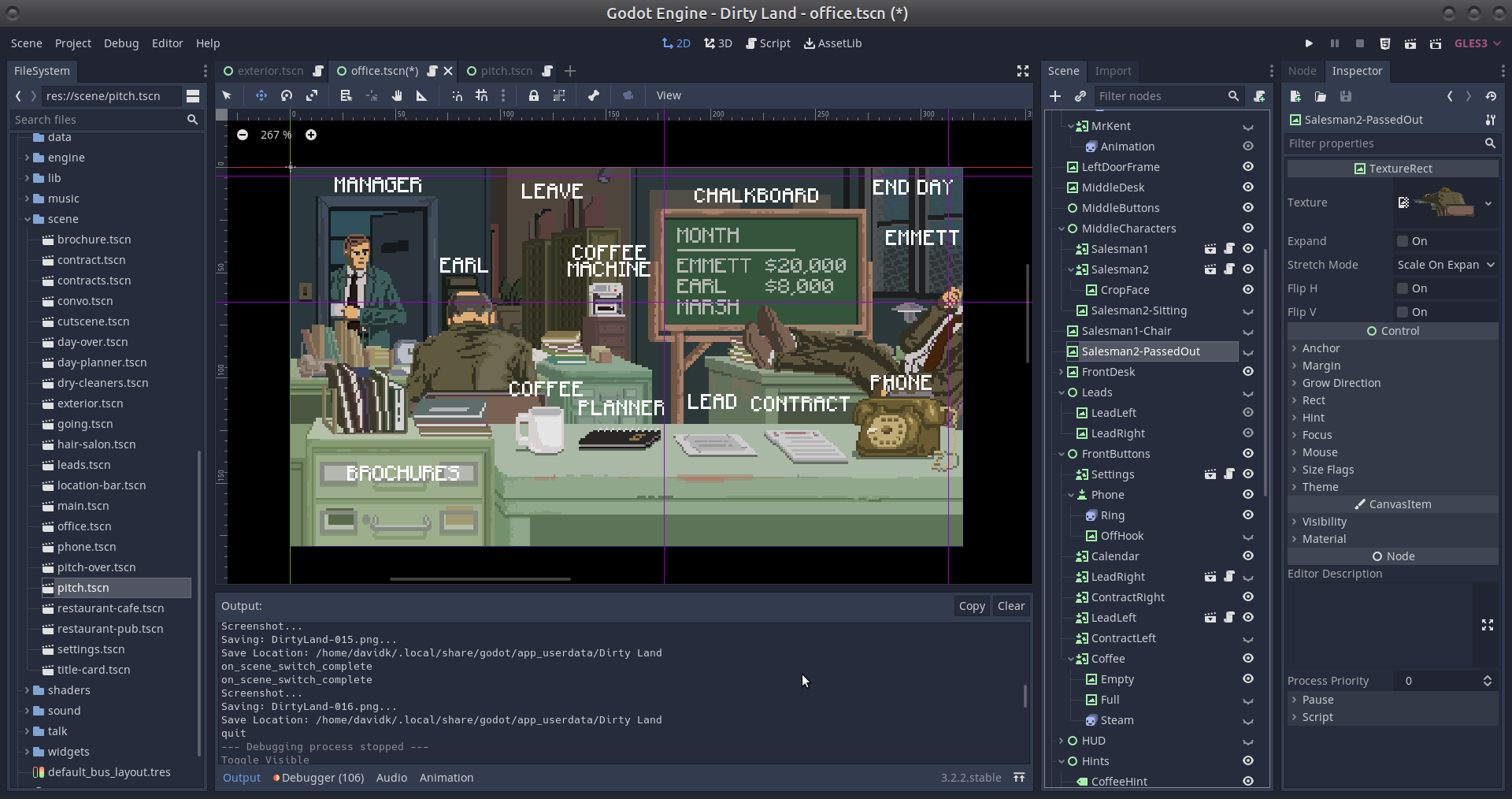
Once again a majority of the residues detected would qualify under the organic 5% rule: 76% of the time for strawberries, 69% for pears, 99.8% of the time for oranges, 82% for grapes, 99% for grapefruit, 81% for frozen cherries, 99% for cranberries, 97% of the time for apple juice concentrate and 76% of the time for fresh apples.

The story with conventional fruits is similar. These are the fruit crops sampled from the US food supply by the USDA in 2016 Steve Savage The detections to the right of the dotted line are not dangerous they just don’t meet that rather arbitrary organic standard (as we will see below, neither do all the detections on organic versions of these crops). For fresh tomatoes 84%, for canned tomatoes 98%, for sweet potatoes 68%, for spinach 80%, for potatoes 74%, for lettuce 97%, for green beans 68% and for cucumbers 62%. On the chart above there is a little green dotted line and any of the results to the left of it would technically qualify as “ok for organic.” Interestingly that is the case for the majority of detections on “conventional” crops. I use this category because the USDA Organic Program Rules say that if a residue is less than 5% of the EPA tolerance it won’t be considered to have been anything but “inadvertent” and thus it wouldn’t compromise the Organic status of the item. The pink part of the bars is for detections that are between 1/20 th of the tolerance and the tolerance. Note that for several crops (see fruit crop results below as well) there are no such detections. In most cases those levels are only marginally above the tolerance and there is enough of a safety margin that these are not very problematic. The red part of the bars is for detections that exceed the tolerance. In virtually all of these instances the amounts detected are so low that USDA and EPA acknowledge that there isn’t any real risk involved. The black part of each bar is for chemicals detected for which there isn’t actually a tolerance set for the crop in question. In the graph above, the pesticide detections for each crop sampled and tested in 2016 is broken down by how those results compare with the EPA tolerances. These were the vegetable crops sampled from the US food supply by the USDA in 2016 Steve Savage

In the following paragraphs I would like to talk about what the data really says from a science-based perspective. That analysis is egregiously misleading because it essentially counts all detections equally, ignoring what chemical it is, at what level it was detected, and how that compares to the crop-chemical-specific EPA tolerances. There is an organization called the Environmental Working Group which takes this same USDA data and comes up with a ranking of produce to by organic based on how “dirty” they deem the conventional options to be (Dirty Dozen List, “Shoppers Guide.”). I’ll be getting into details of the data, but the big take-away is that the hard working farmers who supply our produce are doing a great job of protecting yield and quality from pest damage, and yet doing so in a way that is safe for us. 99.85% of the residues that were detected are below the already conservative “tolerances” that are set by the EPA based on an extensive and rigorous risk assessment reflecting all the toxicological information available. So what does this data set really tell us? Well the encouraging news is that our produce supply is very safe from a pesticide residue perspective.


 0 kommentar(er)
0 kommentar(er)
